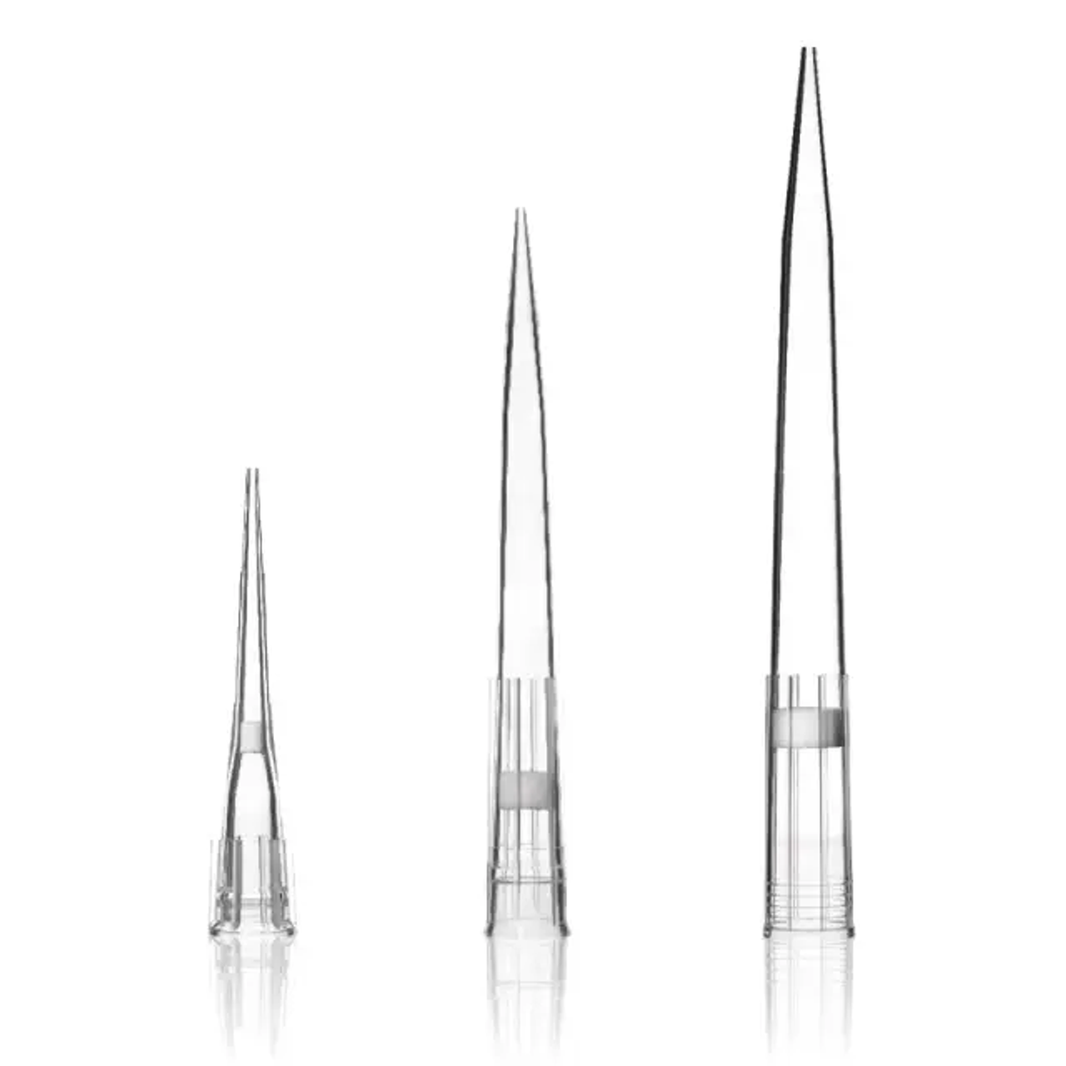Rabbit anti Porphyromonas gingivalis kgp 100 ug
Protocols for using a rabbit anti-Porphyromonas gingivalis (P. gingivalis) antibody
- Handling the antibody, blocking, incubating, and detecting the antibody
- Western blotting, immunohistochemistry (IHC), or ELISA.
Reagent Preparation
- **Primary Antibody**: Rabbit anti-Porphyromonas gingivalis antibody.
- **Secondary Antibody**: HRP-conjugated goat anti-rabbit IgG (or appropriate secondary antibody depending on your assay).
- **Blocking Buffer**: 5% Bovine Serum Albumin (BSA) or 5% non-fat dry milk in Tris-buffered saline (TBS) or Phosphate-buffered saline (PBS) with 0.1% Tween-20 (TBS-T or PBS-T).
- **Wash Buffer**: TBS-T or PBS-T.
- **Substrate**: For Western blotting, use ECL substrate. For IHC, use DAB or other chromogenic substrates.
### 2. **Sample Preparation**
- **For Western Blot**: Run the samples on SDS-PAGE and transfer them to a PVDF or nitrocellulose membrane.
- **For IHC**: Prepare tissue sections and fix them onto slides.
- **For ELISA**: Coat the ELISA plate with the appropriate antigen (e.g., P. gingivalis lysate).
### 3. **Blocking**
- Incubate the membrane or tissue sections in blocking buffer for 1 hour at room temperature to prevent non-specific binding.
### 4. **Primary Antibody Incubation**
- **Dilution**: Dilute the rabbit anti-P. gingivalis antibody in blocking buffer. Typical dilutions range from 1:500 to 1:2000, but you should optimize this for your specific application.
- **Incubation**: Incubate the membrane or tissue sections with the diluted primary antibody overnight at 4°C or for 1-2 hours at room temperature.
### 5. **Washing**
- Wash the membrane or sections with TBS-T or PBS-T three times for 5-10 minutes each to remove unbound antibody.
### 6. **Secondary Antibody Incubation**
- **Dilution**: Dilute the HRP-conjugated secondary antibody (or other appropriate secondary antibody) in blocking buffer, usually around 1:2000 to 1:5000.
- **Incubation**: Incubate for 1 hour at room temperature.
### 7. **Washing**
- Wash again three times with TBS-T or PBS-T to remove unbound secondary antibody.
### 8. **Detection**
- **For Western Blot**: Add ECL substrate and expose the membrane to X-ray film or use a digital imaging system.
- **For IHC**: Add DAB or other chromogenic substrate and monitor under a microscope until the desired staining intensity is achieved.
- **For ELISA**: Add substrate solution and measure the absorbance at the appropriate wavelength using a microplate reader.
### 9. **Analysis**
- Analyze the results according to your experimental design.
### **Notes:**
- **Optimization**: The dilution of the primary and secondary antibodies, as well as incubation times, may need optimization depending on the antibody's sensitivity and the assay type.
- **Controls**: Always include appropriate controls, such as a secondary antibody-only control to check for non-specific binding.
Specific assay type (like ELISA, Western blotting, or IHC)
The Universal Fit-Neptune 0.5–10 µL XL pipette tips are extra-long tips made from pure polypropylene for accurate handling of very small liquid volumes. They are built to fit most common pipette brands and deliver precise transfer between 0.5 and 10 microliters. The XL length allows access to deep or narrow tubes without contamination from contact with the tube walls. The inner surface is very smooth to prevent liquid from sticking inside the tip, which helps reduce sample loss. These tips are available with or without aerosol barriers and come in sterile or non-sterile formats. Sterile tips are certified free of RNase, DNase, pyrogens, and ATP. They can be autoclaved without melting or warping. The tips come in rack, bulk, or reload packaging and are designed for consistent fit and secure sealing on most pipettes.

